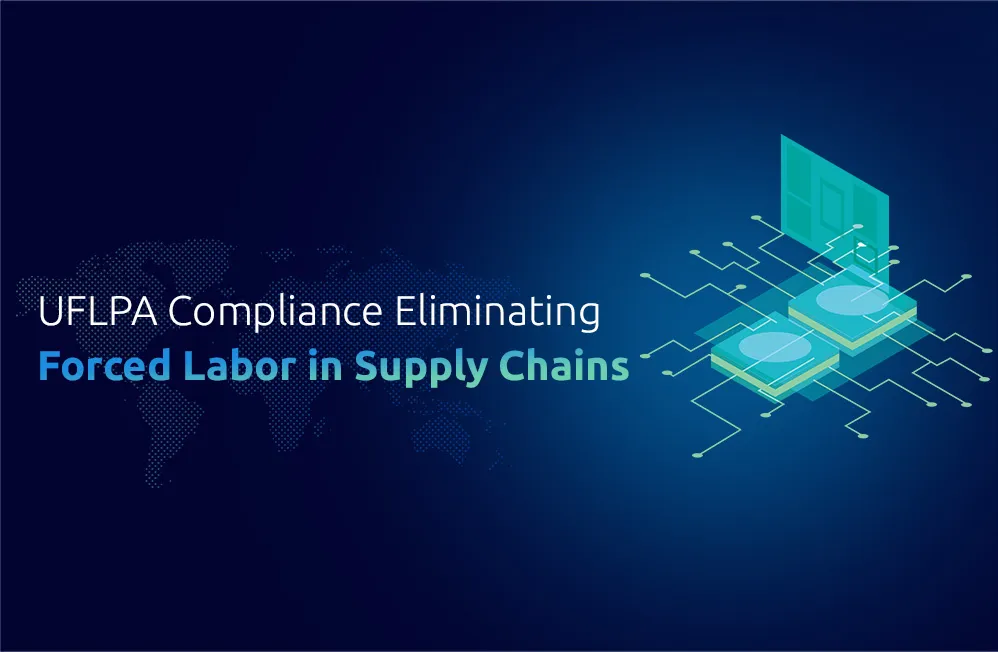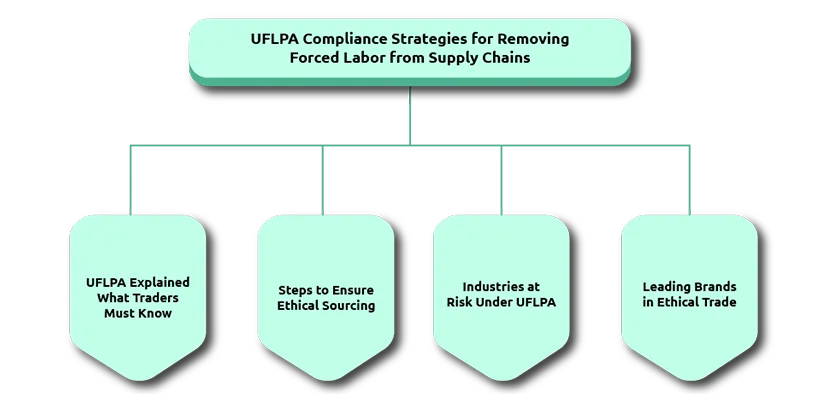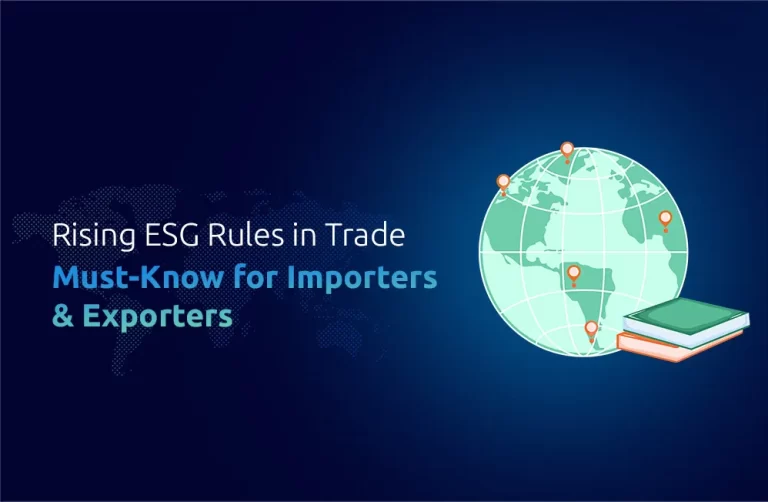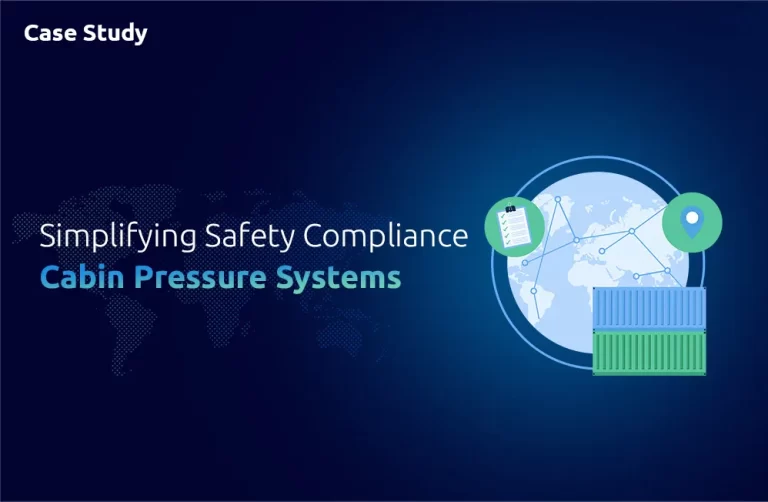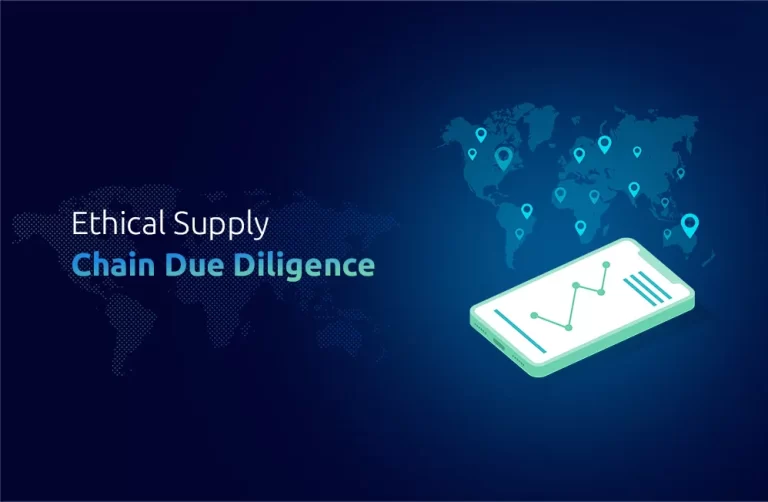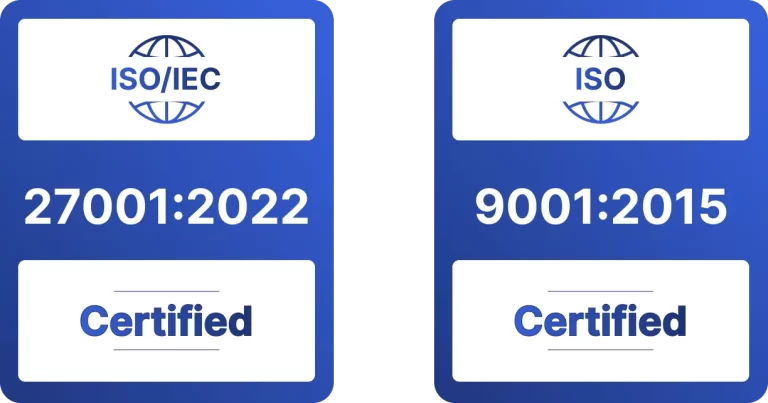Efficient Equipment Solutions for Global Businesses
In the current fast-moving market, efficient operations and staying competitive for companies depend on having the best equipment. It is important to have proper equipment in the aviation, automobile, IT/data centers, or medical sectors to meet expectations, work more efficiently, and achieve operational goals. Companies need to find solutions that help them now & will prove valuable in the long run.
Finding the right equipment, maintaining it, and ensuring compliance get more challenging as companies grow their operations. That said, using a strategic plan and trustworthy partners lets organisations manage their equipment simply and see meaningful benefits in operations. Here, we help by ensuring businesses keep up and perform well despite new competition.
The Growing Need for Specialized Equipment
Many sectors are now looking for equipment that performs at a high level. Many businesses in different sectors buy special instruments that confirm strict quality, safety, & operation standards. Now, whether technological or medical, systems need to be customized for how they will be used. Experts believe that the increased popularity of advanced machinery is due to new technologies and customers asking for better and speedier products.
In the aviation industry, much emphasis is placed on equipment that keeps operations cost-smart and efficient and ensures safety. More automobile companies and their service partners are now using advanced equipment to increase productivity and guarantee high-quality outputs. The growth in data traffic is driving the IT industry to rely on data centre equipment that is both capable and dependable.
Optimizing Equipment Lifecycle Management
A competent way to handle equipment is by optimizing all the parts of the assets from purchase to disposal. With careful oversight of each, companies can minimize costs, streamline operations and extend the life of their equipment. Life cycle management comprises, for example, procurement, installation, maintenance, and in addition, regular inspections of safety & quality requirements.
Proactive maintenance of key assets ensures unexpected work stoppages happen less often. Regular maintenance helps your equipment work better, lowers the chances of something breaking and needing costly repairs, and ensures your machines keep working longer. Regular audits, inspections & performance reviews also help find problems before they get out of hand.
Supply Chain Considerations for Equipment
In sectors like aviation, automobile, IT/data centres, & medical equipment, how well the equipment works directly affects how smoothly & efficiently the supply chain runs. Delays in getting the right equipment, missing parts, or not managing inventory well can slow down how things are made or provided & cause shipping to be much later than expected. To mitigate these risks, businesses must set up good supply chain management systems so that products get delivered on time, there’s enough stock, and minimal problems along the way.
Supply chain resilience also includes making sure that important & necessary parts or materials can get to a business on time. With global supply chains now more connected, businesses need backup plans just in case they run into problems getting the materials they need. This includes looking for new suppliers, keeping extra materials on hand, & staying in good contact with the companies we work with to ensure we always get the parts we need.
The Role of Technology in Equipment Solutions
Technology has changed the way businesses handle their equipment. Companies use IOT, analytical tools, & AI-based observing devices to raise performance levels, spot issues, & update maintenance techniques. The systems help businesses know how their equipment is running at all times, survey how it is used, and catch possible problems ahead of any expensive breakdowns.
Optimizing the way equipment is used often relies on data analytics. Entering and reviewing performance data (that covers energy use) allows businesses to spot problems, identify improvements, and pick out equipment to fit their needs. AI allows companies to forecast when their equipment requires maintenance or replacement, so unexpected breakdowns are prevented, & assets remain valuable.
Compliance with Industry Standards and Regulations
Companies involved in strict regulatory sectors must confirm that their equipment meets industry standards and is legal. All sectors, such as aviation, automobile, IT/data centres, and medical equipment, use equipment, and every sector has its regulations. The rules are implemented to ensure safety, dependable service, and protect the environment.
Conclusion
Due to stiff competition, companies should work on procuring, maintaining, and managing specialised equipment to remain at the forefront. If companies use technology, keep equipment up to date, & follow important rules in the industry, they can cut expenses, reduce risks, and improve how their activities operate. Our main goal at One Union Solutions is to help businesses handle their equipment needs and stay operational.
Did You Know,
As per a recent market study, 60% of firms in the IT and medical equipment fields have committed to investing more in technology and tools to make operations more efficient and match rising customer demand.
FAQs
Why do companies need asset lifecycle management?
Lifecycle management of the equipment ensures that the device has the latest version from the manufacturer, reducing deployment and operational knowledge costs, while minimizing downtime due to broken or under-maintained equipment.
What can technology do to enhance the management of tools?
Internet of Things (Iot), monitoring systems enabled by Artificial Intelligence, & Data Analytics can be leveraged to monitor equipment in real-time, predict potential failures and further optimize maintenance planning.
What are the aviation industry’s main legal requirements concerning equipment?
Avionics equipment has to be certified to meet safety standards designated by aviation authorities, such as the FAA, to assure safe and reliable systems.
What do companies need to know about medical device standards, and how can they ensure compliance?
Organizations must comply with the guidelines imposed by regulatory bodies (e.g. FDA) to guarantee medical equipment quality, performance and safety.
What makes it difficult to manage a globalized equipment supply chains?
Global supply chain constraints also include delays in securing equipment, parts shortages, and logistics disruptions. Companies need contingency plans to deal with these dangers and the challenges they represent for business as usual.

